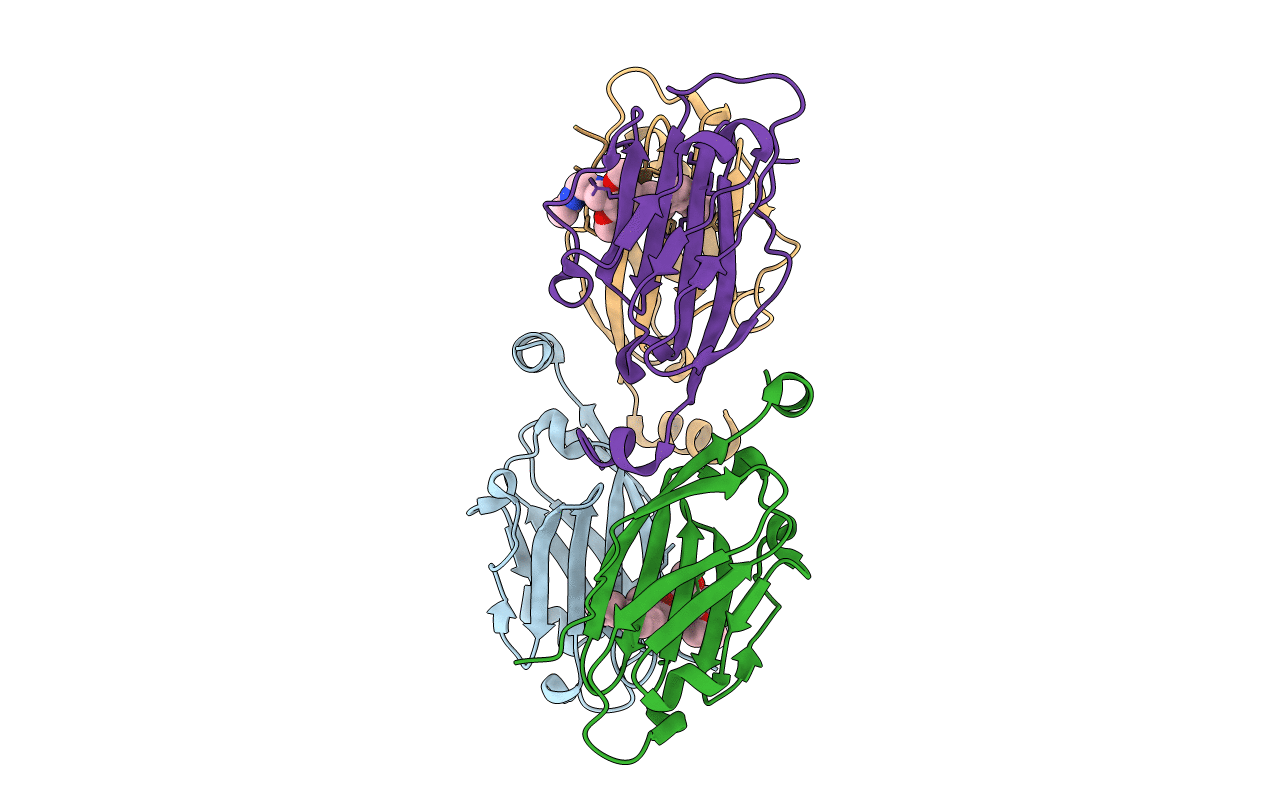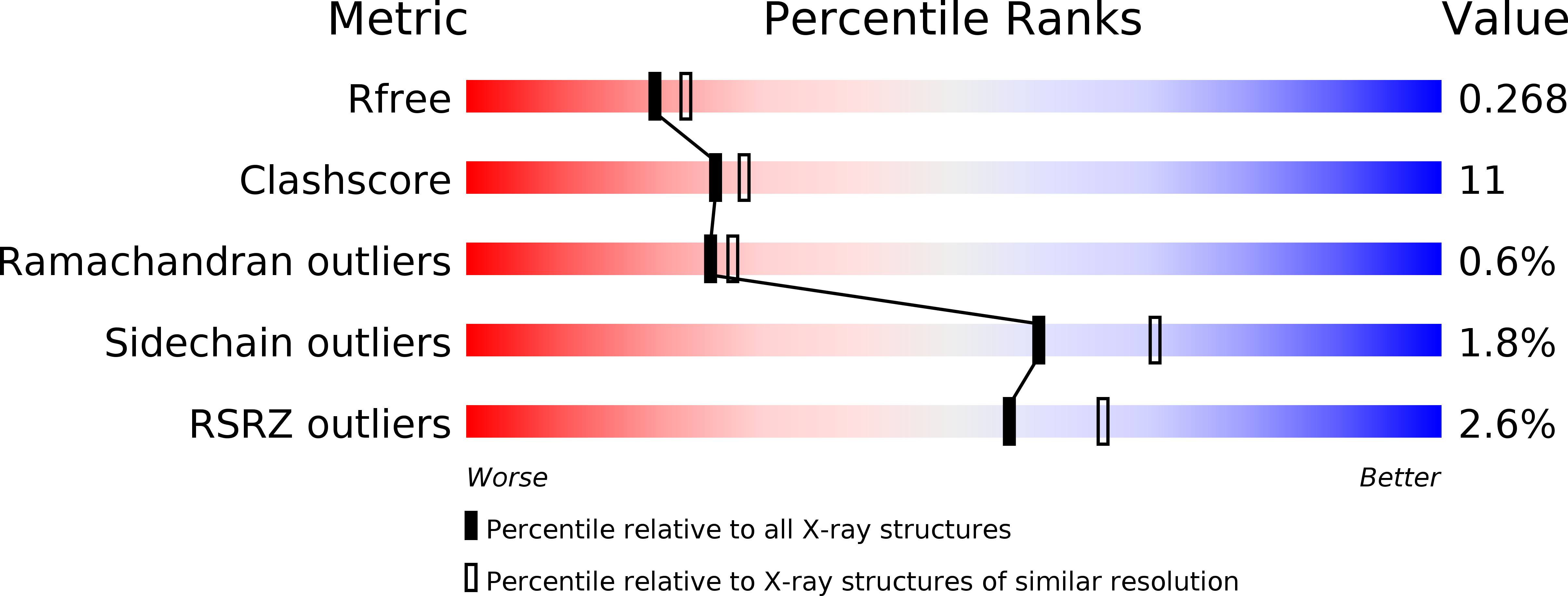
Deposition Date
2017-02-07
Release Date
2017-06-28
Last Version Date
2024-10-16
Method Details:
Experimental Method:
Resolution:
2.35 Å
R-Value Free:
0.26
R-Value Work:
0.21
R-Value Observed:
0.21
Space Group:
P 21 21 21


